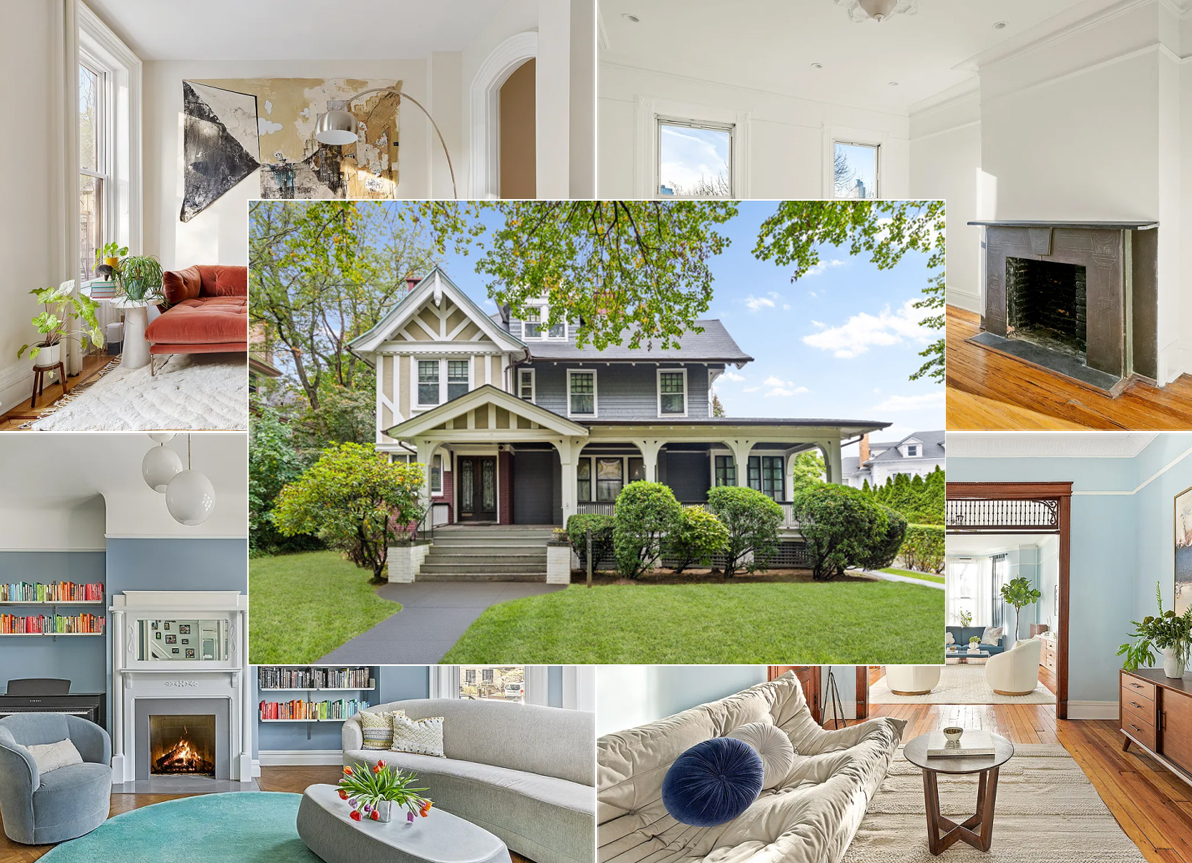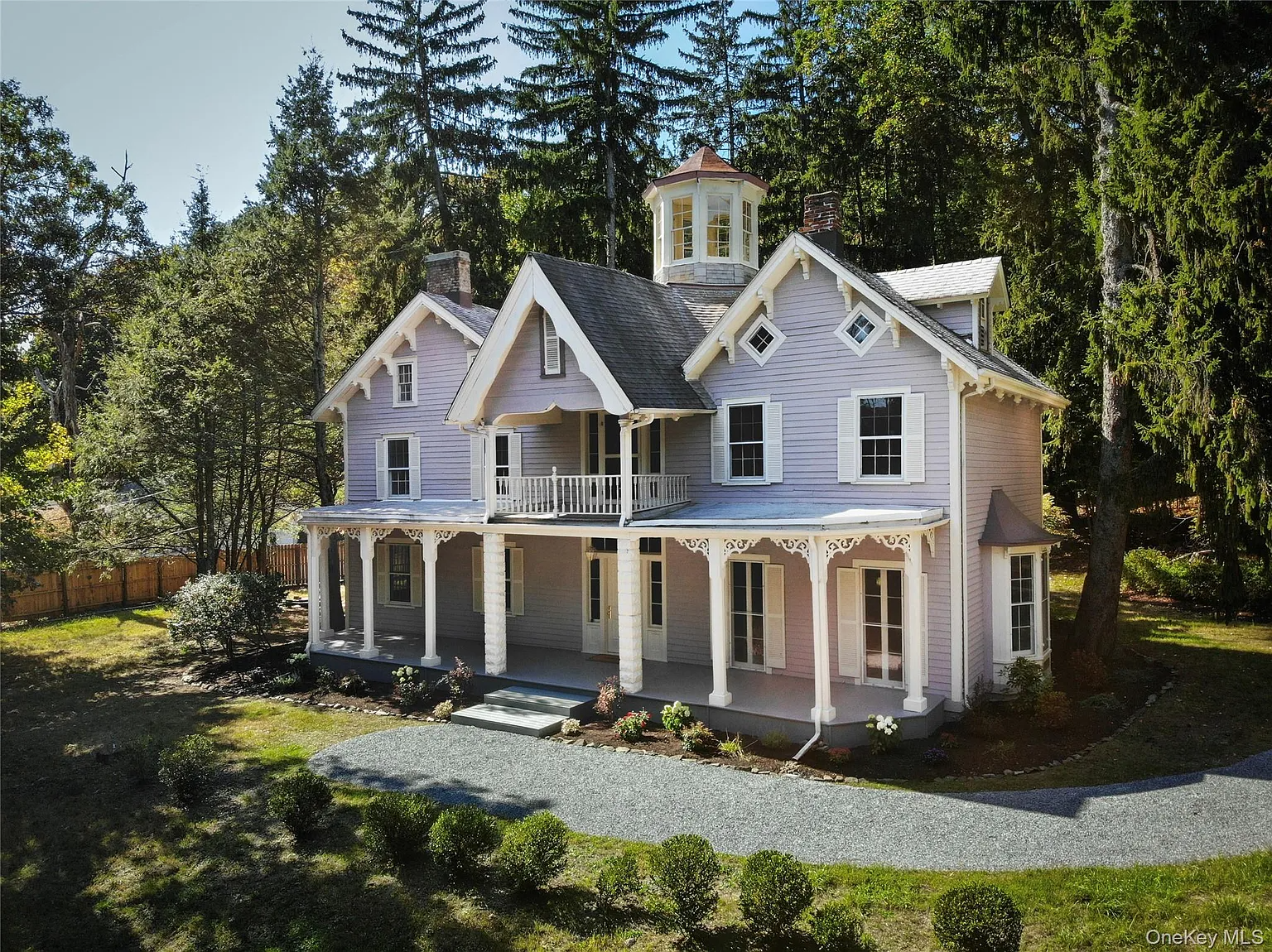What's it Like in Crown Heights?
That’s what Brooklyn Based has been asking, and two Crown Heights residents—a relative long-timer and a newcomer—are answering. The 12-year resident pays $864.72 for a fourth-floor walk-up, likes the transportation options and the West Indian Day Parade, and doesn’t like the violence, not surprisingly. Still she feels safe. The three-year resident moved to a one-bedroom…


That’s what Brooklyn Based has been asking, and two Crown Heights residents—a relative long-timer and a newcomer—are answering. The 12-year resident pays $864.72 for a fourth-floor walk-up, likes the transportation options and the West Indian Day Parade, and doesn’t like the violence, not surprisingly. Still she feels safe. The three-year resident moved to a one-bedroom for $1,100. She finds the lack of big box commerce—dry cleaners and fruit stands but few big chains—a reprieve from mall-ized Manhattan, and like the longtime resident, appreciates the new upscale restaurants moving in. But she makes a point: new residents, and the businesses that accommodate them, seem to have little to do with longtime residents. Crown Heights has long been known as a neighborhood of duality, with African-Americans and Orthodox Jews sometimes in conflict, sometimes in harmony, but now there seems to be another Crown Heights emerging. Thoughts?
Photo by sahadeva.





What does that mean jingle mail? Poor people shouldn’t be allowed to live in them? Did you think anyone said these homes were built in the 40’s or 50’s?
yes, the 40s and 50s were a long time ago, but these houses were built quite a bit longer ago than that. i know it’s hard to imagine! and i may be (very) slightly off in this statement, but i believe these houses were built for essentially the same people that the houses in park slope, cobble hill, bed/stuy, etc were built for – the middle to upper middle class, defn. NOT low income folks. just like today, the low income couldn’t typically afford to own homes of this quality back then.
Interesting interviews. After reading them, my thought was “why the heck do either of these women keep living there?”
Woman #1:
“What I don’t like is the fighting — I could be lying in my bed and hear shooting down the block. There are times when I go to work I have to step over someone who doesn’t even live in the building because they passed out.”
Woman #2:
“ow, because so many people have moved in, and the wealth gap is very visible, I think that presents a different kind of crime, crimes of opportunity. If you’re walking down the street and talking into your iPhone — where people have so much less — that presents a different kind of danger. I’m not saying I’m surrounded by potential criminals, but it is weird to see that intense wealth gap.”
Then I read the comments and so many of you who live there seem to really love the neighborhood. Not sure what to believe.
But my impression of the area has always been that race and street crime were real problems, and unlike a not of other neighborhoods in the city, the source of the problem was the neighborhood itself. And it kind of sounds like that’s what those woman are saying.
Maybe that’s changing. Maybe I’m completely wrong and ignorant. Or Maybe it really is area by area.
I completely agree, 1842- that really wasn’t my intention and I’m sorry anyone took it that way. I was trying to be a little (seeming very little!) humorous. Change happens and it can be for the good. I happen to love the juxtaposition of peoples and cultures, and I grew up in such a neighborhood. For the record I didn’t think 1842 was your birth year 🙂
MM, acting like the Chinese Olympic Committee in controlling what people see is not going to help. What do you find so objectionable about the people or buildings in the picture?
The point is the photo was picked to illustrate the story posted. and what makes people interested in Crown Heights.And that photo illustrates nothing about crown heights- it could be anywhere and is totally unrelated. If anything it makes people think this is typical of what Crown Heights is like and for that reason alone is a bad choice. There was, as MM points out, a lot of reaction to the article about Bushwick misrepresenting the neighborhood. You would think only young hipsters dressed in ripped rags and greasy moussed hair live there. for an article claiming to talk about the real Bushwick, it stunk. This photo is no different. With a vast area, the majority of which are wonderful row houses, beautiful pre-war apartment buildings- the things Crown Heights is actually known for, this choice of this photo stinks. As MM also said, Lisa addressed it and that’s that.
I need Spellcheck! Sorry about the atrocious spelling, my thoughts are faster than my fingers.
Sorry, dittoburg, but many people here do need visual aids. The general demographic of this site has never been to Crown Heights, and many believe nothing but the constant negative hype. Same goes for illustrations of Bed Stuy, PLG, and other areas, that most have never seen in person. As I said before, if an article about life in Park Slope only had a shot up 4th Ave as its illustration, the howls of protest would have shot this thread’s posts past 100 by now. Park Slope is more than 4th Ave, and Crown Heights is not well represented by this photo.
I’m not reading anything into the choice of the shot, it probably was chosen to illustrate the juxtiposition of the old as observed by the new. I get that. But sometimes, one has to look at the historic (and hysteric) context, and perhaps be not just artistically interesting, but just simple and literal. I long for the day when that is not the case, and any interesting photo will do, but unfortunately, we ain’t there yet.
I hear you bxgirl, and I’m not old ;-). I do understand and know that black ownership of neighborhoods like Crown Heights in Brooklyn is not a new phenomenon. I just cringe at the implied “this is our hood and always has been” tone of people sometimes, whatever their background or race. I’m not saying you’re doing that here; it’s just that such thinking when it does occur leads to diviseness and mistrust when it does not have to be the case. Recognizing that all of our brownstone neighborhoods have changed dramatically over time and continue to do so (in terms of their demographic make up) will hopefully put things into perspective. I like how places are becoming mixed and not monolithic. Maybe a few generations from now that will be the norm.